

Despite what people say, online gaming wasn’t new when Xbox Live launched in 2002. Sega had been playing with the idea for years, culminating in a proprietary network called SegaNet for the ill-fated Dreamcast console. Meanwhile, PC gamers have been enjoying online multiplayer commercially since at least 1984, when CompuServe debuted the ASCII-based RPG Island of Kesmai.
Still, after Xbox Live hit, first with Unreal Championship before moving on to Halo 2, there was no looking back. The future was here, and gaming moved online.
However, in the past few years, couch-based multiplayer has started to make a resuragance. Super Smash Bros. features online play, but it’s still best enjoyed with a group of friends. TowerFall Ascension, the Ouya’s flagship title (later ported to the PlayStation 4), actually requires players to gather locally, while Die Gut Fabrik’s Sportsfriends would be literally impossible to play if everybody wasn’t in the same room.
That’s where Paperbound fits in. Like Super Smash Bros. or TowerFall Ascension, Paperbound is a four-player, arena-based brawler with a strong multiplayer focus. However, unlike those other games, Paperbound lacks any semblance of a single player campaign. Paperbound is spectacular with a group; as a solo outing, however, there’s not much to hold the player’s interest.
At first glance, Paperbound doesn’t look overly innovative, and its premise is just as flimsy as the paper its characters are drawn on. Both the characters and the game’s 18 stages are lifted from one of five classic books (A Journey to the Center of the Earth, Dante’s Inferno, Musashi’s Book of Five Rings, the ancient Egyptian Book of the Dead, and Skull Kingdom). The interface is minimal, and the menus fairly sparse. To start, players simply choose a character (there are 11 originals, plus 6 cameos from other indie games like VVVVVV, Monaco, and Guacamelee) and a game mode, choose a stage, and get to fighting.
However, once combat starts, the game’s charms become readily apparent. Paperbound characters only have three attacks: a melee strike, which is the default; a pair of scissors, which provide a ranged option; and an ink bomb, which can eliminate multiple enemies at once, with the risk of some collateral damage. The small number of attacks sounds basic, if not dull, but the simplicity actually works in the game’s favor. Paperbound moves quickly. Blink at the wrong time, and you could lose the entire match.
And then there’s the gravity. If Paperbound was just a regular 2D fighter, even its satisfying combat mechanics wouldn’t be enough to set it apart. Thankfully, that’s not the case. Walk to the edge of a platform, and you won’t fall off; you’ll just walk down the edge and circle underneath, a la Super Mario Galaxy. Even better, every character has their own “gravity,” which changes direction with the push of a button.
The result is, in short, pure chaos. Since every character can stick to any and every surface, attacks can come from any direction. Change the gravity, you’ll “fall” in the opposite direction, zipping across the stage. Zigzagging across levels is fun on its own; doing so in pursuit of unsuspecting enemy is even better. There’s nothing better than dropping down (or up) to surprise an unsuspecting foe, or sniping a player with a well-placed pair of scissors as you zoom from wall to wall.
Every successful attack results in an instant fatality. Thankfully, characters respawn quickly. Paperbound isn’t about long-term survival; most of the time, it’s a game of attrition. In Classic Versus mode, players must rack up at least ten kills in order to open a “rift” in the level. Get to your rift successfully, and you win. It’s harder than it sounds. Rifts appear in random locations, and they don’t open immediately, giving other players ample time to block an opponent’s path. Victory requires careful planning, lightning quick reflexes, and yes, a little bit of luck.
Other game modes build on this foundation. Kill the King is like a game of tag. The rift-opening rules are the same as in Classic Versus, but fatalities only count if the player is “it”: killing the current king can rack up points, but also makes them a prime target for other players. Survival is the least interesting mode. In Survival, each player gets a predetermined number of lives, and the last man standing wins. All three of these modes can also be played with teams, as well as a two-on-two game mode called Capture the Quill, which is an incredibly deadly game of capture the flag.
There’s a lot going on in Paperbound, and sometimes the screen gets so busy that it’s hard to follow, especially when trying to figure out where a character will respawn next. Additionally, the camera shows the entire playing field all the time. While this is necessary (thanks to the gravity mechanic), all the characters look extremely small, even on a reasonably sized television. That can make it hard to keep track of each character, especially in team mode, and prevents the characters from showing much personality. The hand drawn artwork is charming; it’s just a shame that it’s so hard to see.
Still, these are minor quibbles. Paperbound doesn’t have the depth of a game like Super Smash Bros. – the stages are functional, but not particularly memorable, and every character handles the same – but in some ways, that’s better. Paperbound is a game that’s meant to be enjoyed with a group of friends, and the low barrier to entry means that it’s easy to just pick up and play. Even with a novice or two in the mix, a game of Paperbound remains equal parts intense and hilarious. Every match descends into chaos, and sometimes the best strategy is to have no strategy at all.
That being said, as good Paperbound is with other people, there’s no point in picking it up if you’re primarily a solo player. Developer Dissident Logic has done an admirable job with their bots – every playable character has their own bot “personality,” which players will get to know much like a real player – but they can’t match the unpredictability of a human opponent.
The bots’ efficacy also depends on the game mode in play. In a four-on-four match of Classic Versus, the bots acquit themselves fairly well, although in certain stages they have a tendency to repeatedly commit suicide. Capture the Quill, on the other hand, simply doesn’t work with the bots. Players will watch as their hapless opponents come within an inch of scoring a point, only to turn around and run in the other direction for no reason. It’s funny, but it’s not particularly fun.
Additionally, Dissident Logic hasn’t provided much motivation for solo players to spend time with the game. Super Smash Bros. and TowerFall Ascension (the PlayStation 4 version, anyway) both provide deep, incentive-laden single player modes but Paperbound doesn’t. The game has no campaign and no story; in fact, Paperbound doesn’t even include basic stat tracking, so it’s impossible for players to tell how well they’re doing against the computer over the long run.
However, it’s ultimately hard to fault Dissident Logic for the lack of single player content; throughout Paperbound’s development, they’ve been clear that solo play just isn’t the focus. With its fast gameplay and gentle learning curve, it’s easy to imagine Paperbound’s frantic combat becoming a staple of dorm rooms and gaming lounges everywhere. Paperbound may not have the depth needed to penetrate the ever-growing e-sports scene, but that’s beside the point. Boot up Paperbound and gather together a group of four friends, and you’re almost guaranteed to have a good time.
Paperbound comes out on March 31, 2015 for PlayStation 4 and PC. Game Rant was provided a PS4 code for this review.
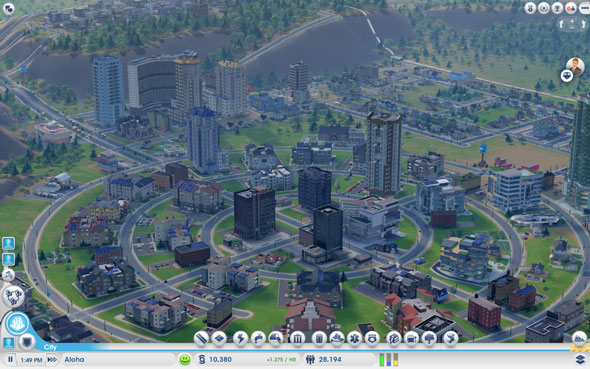

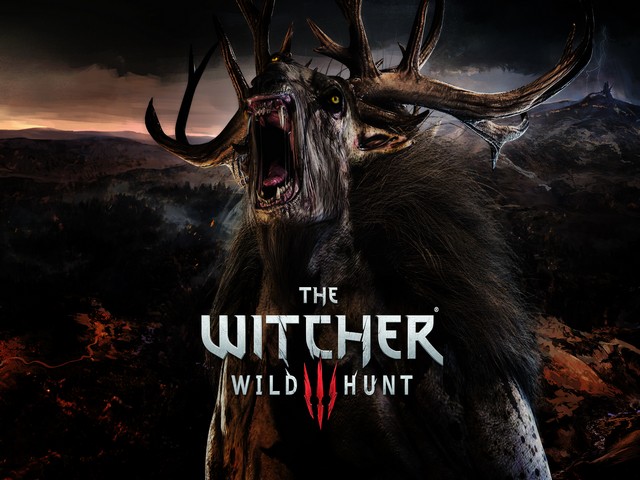
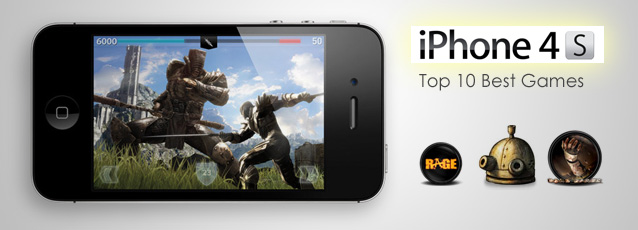
 Castlevania: Lords of Shadow Resurrection DLC Walkthrough
Castlevania: Lords of Shadow Resurrection DLC Walkthrough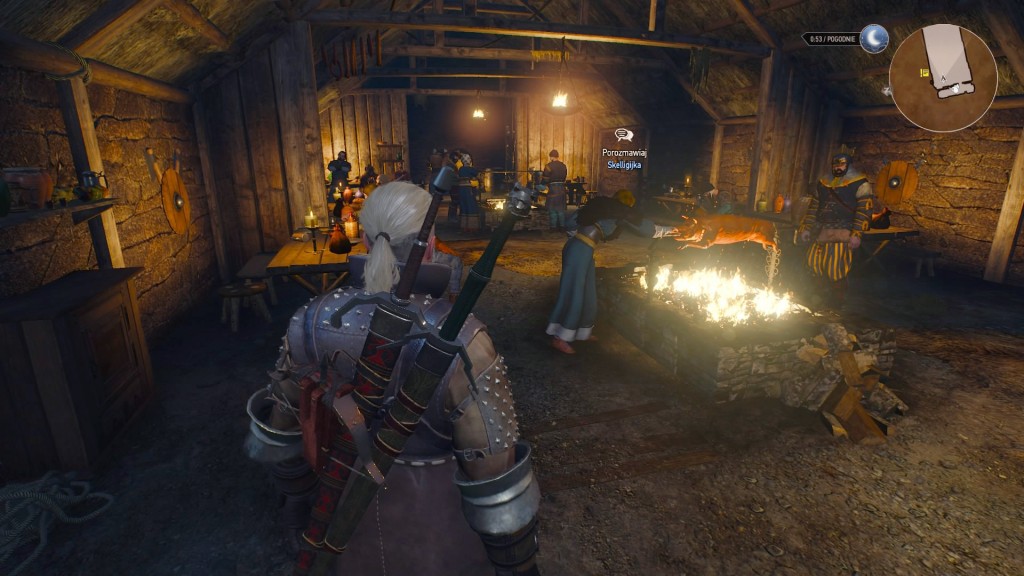 The Witcher 3 Wild Hunt Guide: How To Make Easy Money, Find Smuggler's Caches And Treasure Chests
The Witcher 3 Wild Hunt Guide: How To Make Easy Money, Find Smuggler's Caches And Treasure Chests Just Cause 3: Easter Eggs and Hidden Secrets Guide
Just Cause 3: Easter Eggs and Hidden Secrets Guide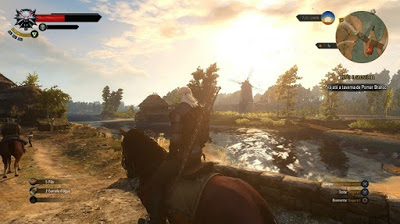 The Witcher 3 Wild Hunt - create and apply Oils in arms
The Witcher 3 Wild Hunt - create and apply Oils in arms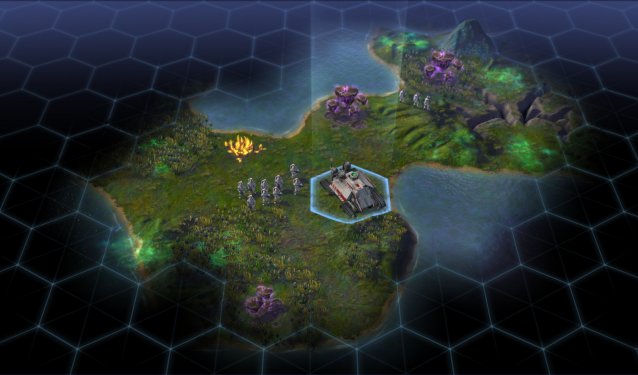 Civilization: Beyond Earth E3 2014 Preview
Civilization: Beyond Earth E3 2014 Preview